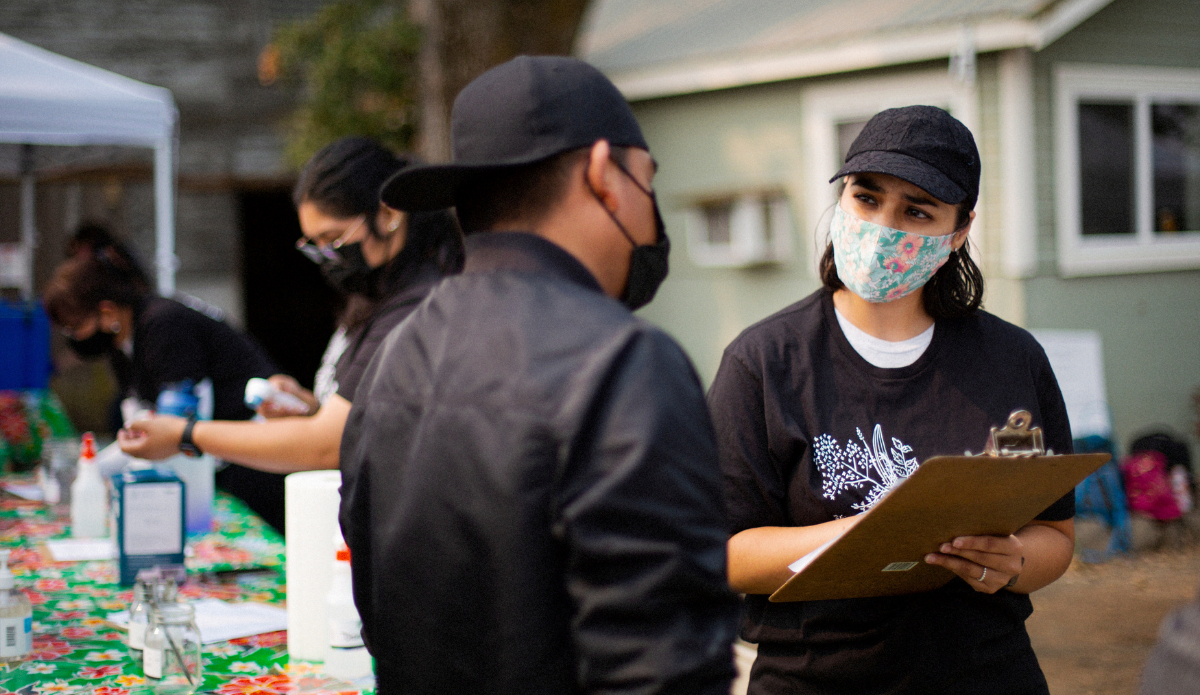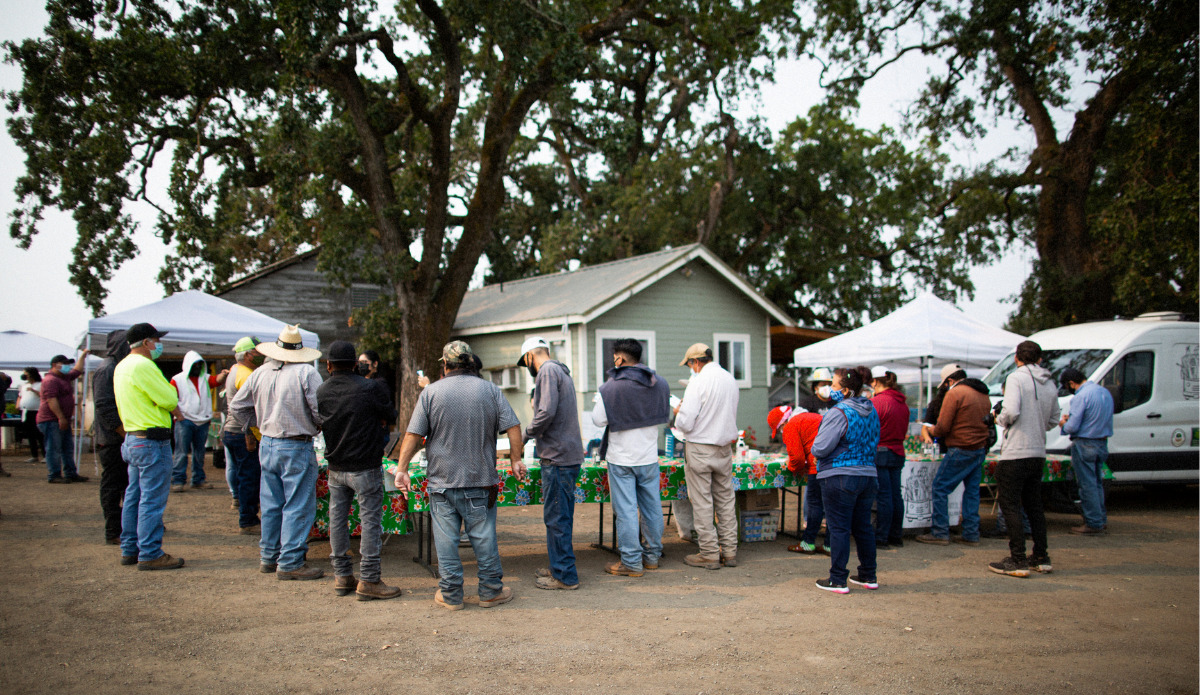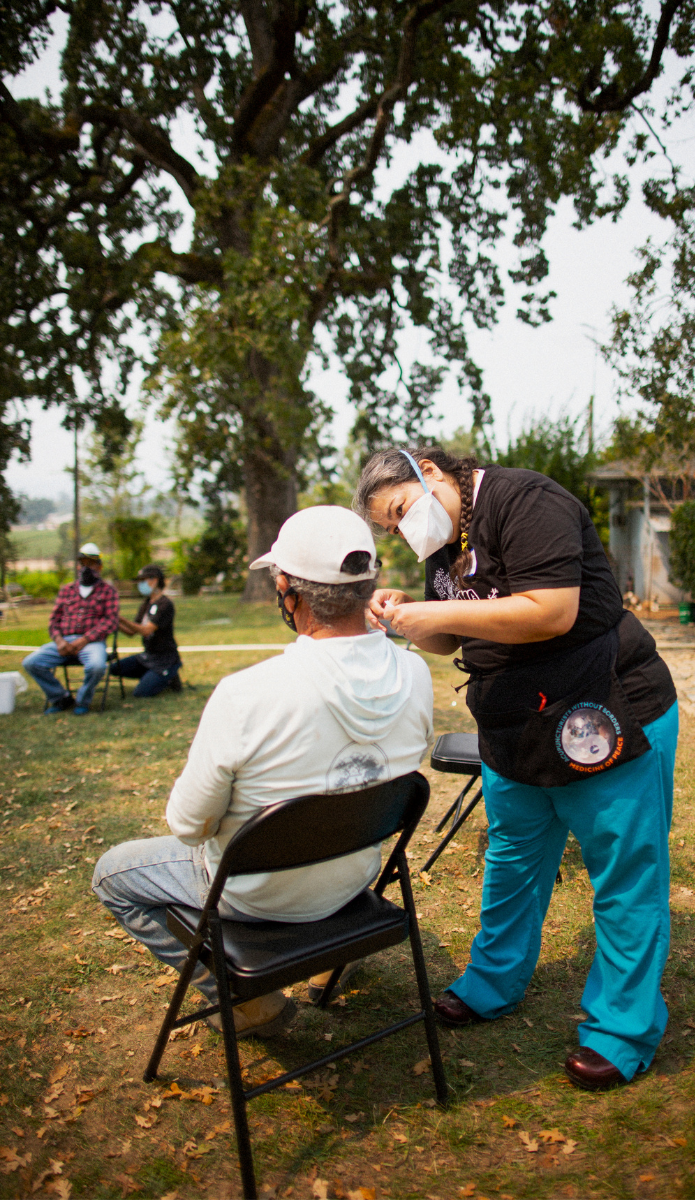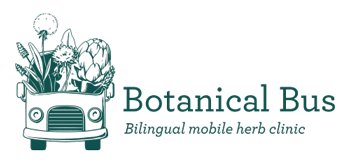In partnership with Sanación del Pueblo (Town Healing), a project of North Bay Organizing Project, we gathered in Roseland, Santa Rosa to learn about environmental toxins and how we can empower healthy communities.
Roseland is a 65% Latine neighborhood that ranks lowest in well-being of all Sonoma County neighborhoods according to the American Human Development Index (Burd-Sharps et al., 2014). Residents face limited access to secure income, healthy food, clean air, green spaces, and affordable healthcare.
Together we walked from the Dollar Store, to Roseland Elementary, across the creek, to Land Paths’ Bayer Farm, stopping to notice the pesticides sprayed along sidewalks and to discuss the quality of lunches served at our schools. We circled up, standing strong as a group of women committed to the health of our children and confident in our ability to do something about it. Si se puede!
We celebrate recent victories banning the spraying of Round Up pesticide in Santa Rosa City Parks and the unanimously vote by Sonoma County Supervisors to reduce use of synthetic pesticides on public land countywide. https://www.conservationaction.org/our-victories/
After our walk, we got busy chopping artichoke leaf, orange peel, dandelion root and milk thistle seeds, all plants that grow around us that can help our bodies eliminate toxins. The bitter leaves and roots support our liver in its innate clean-up functions.
Did you know the liver contains a unique enzyme system that co-evolved with plants, and that this system can detoxify just about everything we encounter now? Pharmaceuticals, pesticides, estrogens: Check! Rancid cooking oils, new car smell, stress hormones: Yup! Your liver breaks it all down.
The chopped plants were swept into jars, covered with organic cane alcohol and distributed to the group for safekeeping. Herbal medicine making requires the plant to macerate for at least a month before being pressed out for use. A month later we would come together to share our medicine and move forward as a community advocating for health justice!



